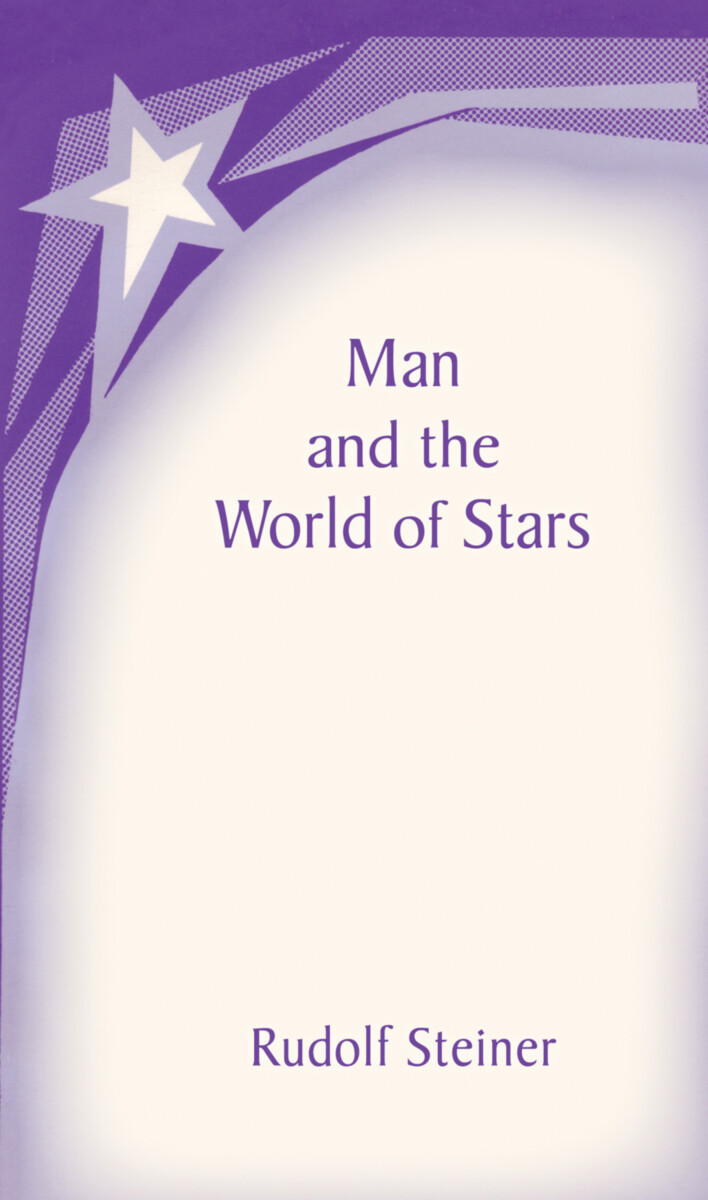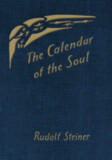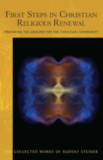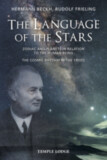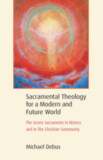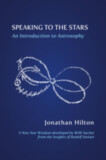Man and the World of the Stars
The Spiritual Communion of Mankind (CW 219)
- Publisher
SteinerBooks - Published
1st May 1982 - ISBN 9780880100083
- Language English
- Pages 200 pp.
- Size 5.5" x 8.5"
12 lectures, Dornach, November 26 – December 31, 1922 (CW 219)
“Think of the earth with the air around it; farther outward is the cosmic ether, gradually passing over into the spiritual sphere. Here on Earth, we inhale and exhale the air. This is the rhythm of breathing. But out yonder, we pour our being into the cosmos, receiving into ourselves the Logos and the cosmic thoughts. There, we let the world, the universe, speak to us. This, too, takes place in rhythm—in a rhythm determined by the world of the stars.... Out in the universe we live in a cosmic rhythm, in that we breathe in, as it were, the moral-ethereal world; we are then within ourselves. And when we breathe it out again, we are united with the beings of the higher hierarchies.” — Rudolf Steiner (Nov. 26, 1922)
The actions of spiritual beings in relation to the rhythm of the course of the year are brought to light in these inspiring lectures, showing how we are challenged to consciously integrate these rhythms into our earthly life. Steiner reveals that the concepts of spiritual science serve as our eyes in the spiritual world after death. He shows that we change the world when we communicate with it out of our spiritual nature, which is the true spiritual communion of humanity.
This volume is a translation of Das Verhältnis der Sternwelt zum Menschen und des Menschen zur Sternwelt. Die geistige Kommunion der Menschheit (GA 219).
C O N T E N T S:
MAN AND THE WORLD OF STARS
1. The spirit-seed of the human physical organism; walking, speaking, thinking, and their correspondences in the spiritual world
2. Moral qualities and the life after death; windows of the earth
3. Humanity's relation to the world of stars
4. Rhythms of earthly and spiritual life; love, memory, the moral life; communion with beings of the higher hierarchies
5. Human faculties and their connections with elemental beings
6. Spiritualization of the knowledge of space; the mission of Michael
7. Inner processes in the human organism; sense perception, breathing, sleeping, walking, memory
THE SPIRITUAL COMMUNION OF MANKIND
1. Midsummer and midwinter mysteries2. The mysteries of human nature and the course of the year
3. The cosmic cult arises from man's living together with the course of cosmic existence
4. The relation of the movement for religious renewal to the anthroposophic movement
5. Spiritual knowledge is a true communion, the beginning of a cosmic cult suitable for men of the present age
Rudolf Steiner
Rudolf Steiner (b. Rudolf Joseph Lorenz Steiner, 1861–1925) was born in the small village of Kraljevec, Austro-Hungarian Empire (now in Croatia), where he grew up. As a young man, he lived in Weimar and Berlin, where he became a well-published scientific, literary, and philosophical scholar, known especially for his work with Goethe’s scientific writings. Steiner termed his spiritual philosophy anthroposophy, meaning “wisdom of the human being.” As an exceptionally developed seer, he based his work on direct knowledge and perception of spiritual dimensions. He initiated a modern, universal “spiritual science” that is accessible to anyone willing to exercise clear and unbiased thinking. From his spiritual investigations, Steiner provided suggestions for the renewal of numerous activities, including education (general and for special needs), agriculture, medicine, economics, architecture, science, philosophy, Christianity, and the arts. There are currently thousands of schools, clinics, farms, and initiatives in other fields that involve practical work based on the principles Steiner developed. His many published works feature his research into the spiritual nature of human beings, the evolution of the world and humanity, and methods for personal development. He wrote some thirty books and delivered more than six thousand lectures throughout much of Europe. In 1924, Steiner founded the General Anthroposophical Society, which today has branches around the world.


